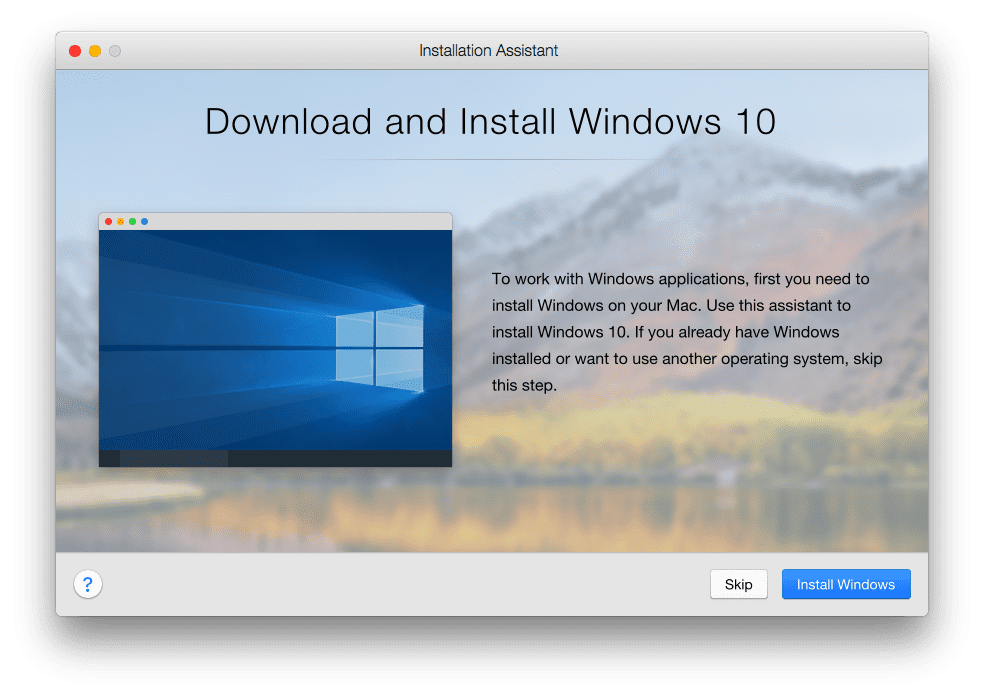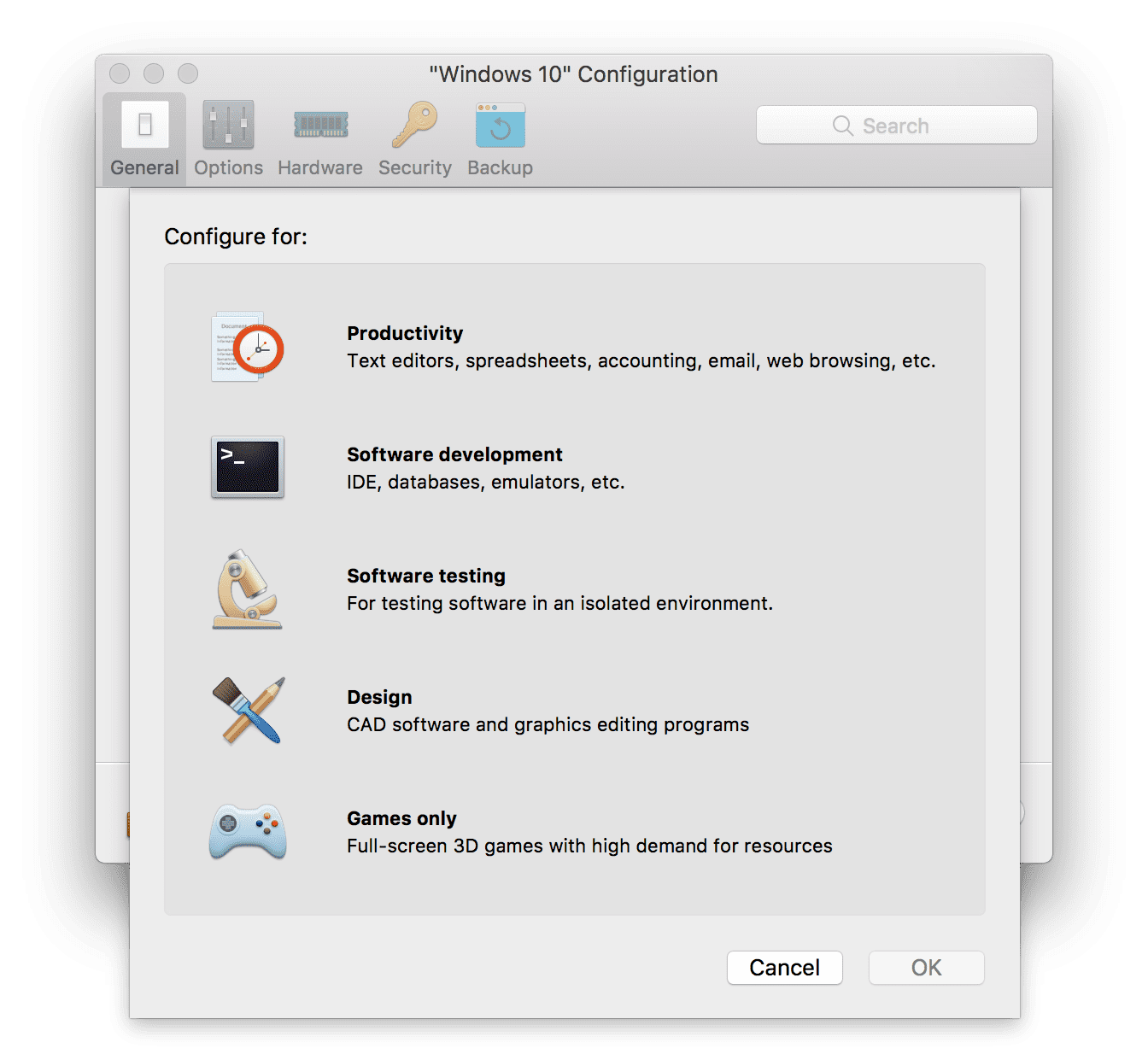
Ironically, what Fusion won't do is connect you to the Mac App Store to download a fresh copy of the installer, as Parallels Desktop does.
PARALLELS DESKTOP 10 OU VMWARE FUSION 7 MAC OS X
That's not the case with Fusion 4.01, which works with the Install Mac OS X Lion.app installer file just as easily as it does with a Windows or Linux. If you've already downloaded the Lion installer image, Parallels makes you jump through arcane hoops to use it. I disliked the difficulty of installing Mac OS X Lion in Parallels Desktop 7 the software assumes you don't have a local copy and thus defaults to re-downloading the whole 4GB image file.
PARALLELS DESKTOP 10 OU VMWARE FUSION 7 UPGRADE
Just as Parallels Desktop 6 runs fine on Mac OS X Lion, so does VMware Fusion 3.1 the main reason to upgrade to Fusion 4.01 is to gain the ability to run Mac desktop VMs, a handy feature if you're a Mac developer or tester. Does VMware Fusion 4.01 up the ante in any significant way? Not really. Both Parallels and Fusion of course run various versions of Windows and Linux, their primary use case.Īs our review of Parallels Desktop 7 noted, there's not much compellingly new to that product since its last update, a year earlier. Prior to Lion, Apple restricted such usage to Mac OS X Server. In addition to supporting Lion as a host, both take advantage of Apple's change in policy that lets users run the desktop version of Mac OS X Lion in virtual machines.

Both have been updated to take advantage of Mac OS X Lion.

In the Mac-based desktop virtualization world, there are two significant choices: Parallels Desktop and VMware Fusion.


 0 kommentar(er)
0 kommentar(er)
